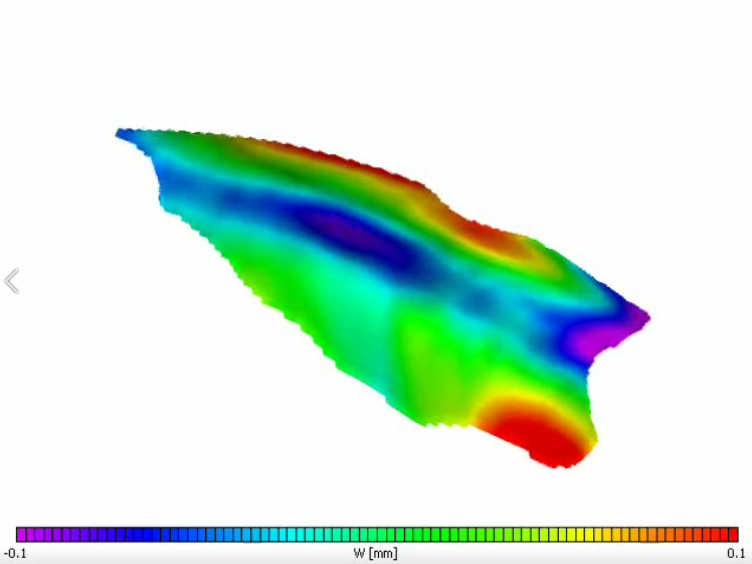
Applications
The DIC systems from Correlated Solutions excel in every imaginable application.
Our digital image correlation (DIC) systems have been implemented successfully in a wide range of applications from automotive to biological, and size scales from microscopy to large structures. All DIC systems are sold as turnkey solutions, which are customized to your measurement needs. Our systems include all hardware, software, technical support, onsite installation, and equipment training. We are dedicated to providing our customers with quality technical support and free software upgrades for one year after the date you receive your system.
Strain Measurements on Plastic Gear Assembly
A plastic gear assembly was being evaluated to better understand interactions between component parts. In addition to strain measurements, it was desirable to obtain deflection data in three dimensions.
NASA Buckling Test with Real Time Module
Digital Image Correlation has played a key role in the successful NASA SBKF test program. As the video footage shows, the VIC-3D system provides information that would be unimaginable with any other technology. Used in conjunction with FEA modeling, it will allow NASA to decrease weight and increase the payload of future rockets.
Improving Tire Vibration Measurements with VIC-3D
Noise and vibration characteristics are critically important for understanding the mechanical behavior of tires under various loading conditions. Measurements acquired during testing are used to validate finite element computer models to ensure the product meets safety, durability, performance, and longevity requirements.
Ultra-High-Speed, Super Dynamic Bend Test
The turnkey system from Correlated Solutions includes two Shimadzu HPV-X2 cameras which are conveniently controlled with Correlated Solutions’ software VIC-Snap UHS. The images are acquired during the event, downloaded, and then post-processed with VIC-3D.
Contractions of a Rat Tibialis Anterior Muscle
Biomechanical researchers were studying the contractions of a rat Tibialis Anterior muscle. It was desirable to quickly and accurately quantify the overall movements, as well as localized variations.







